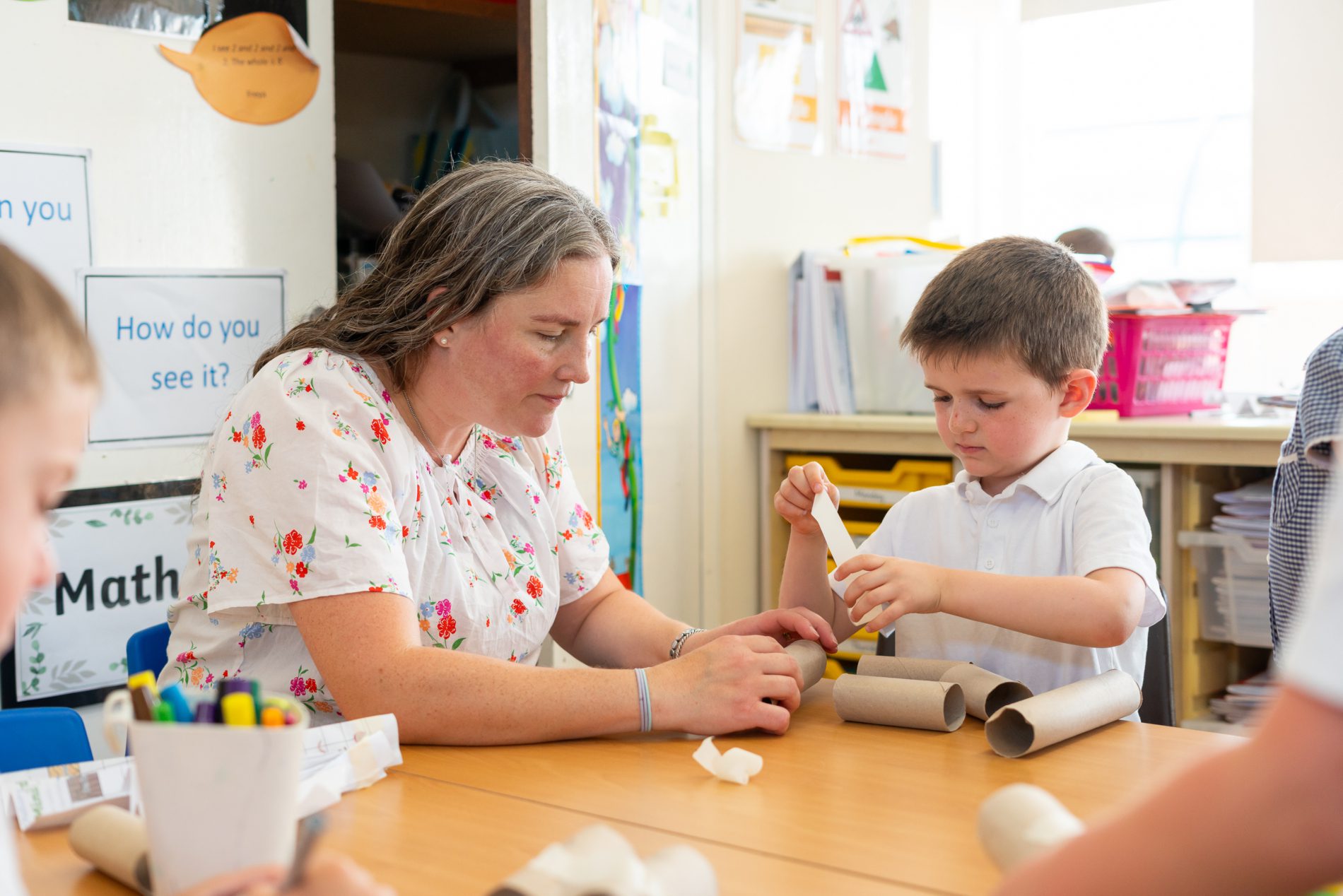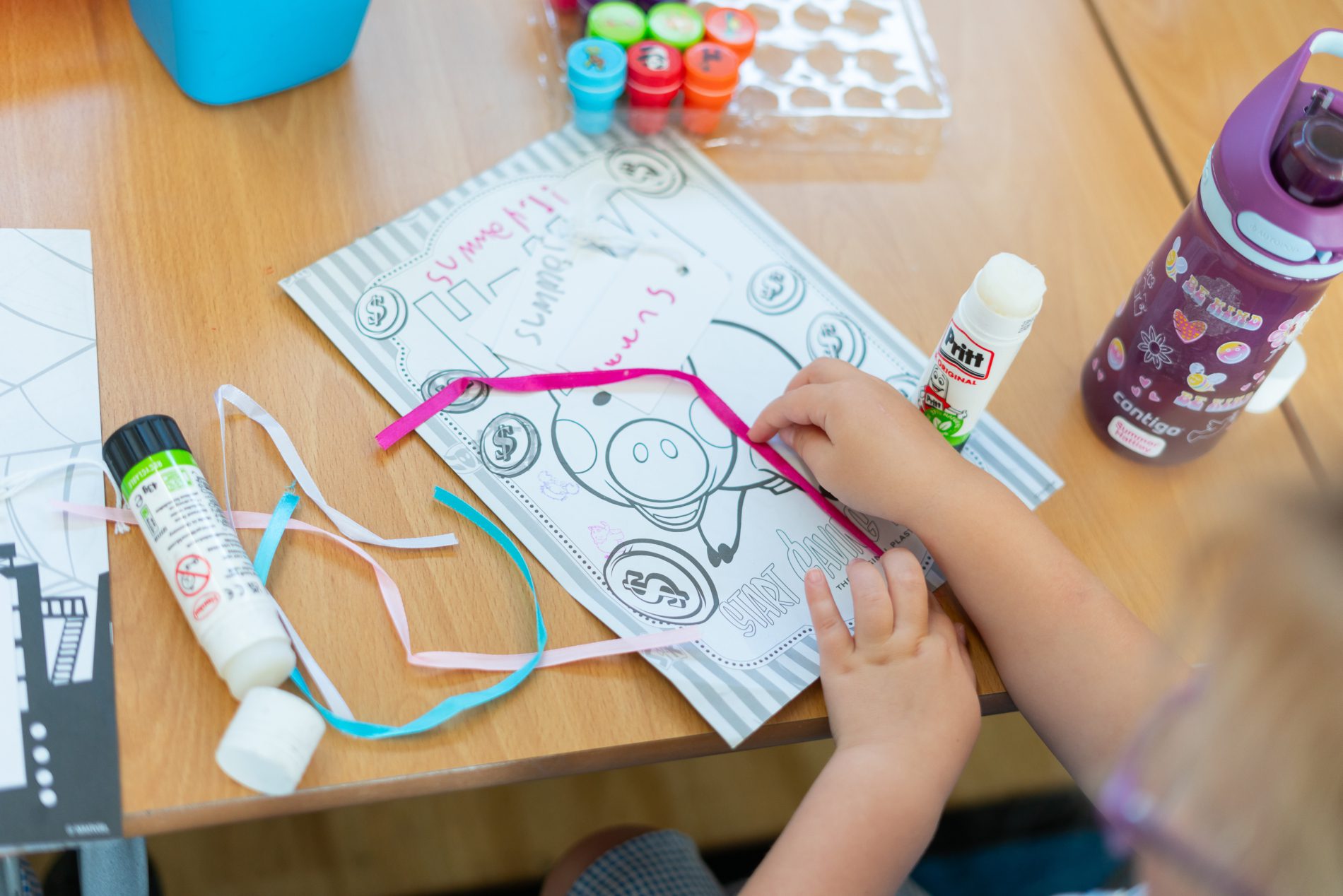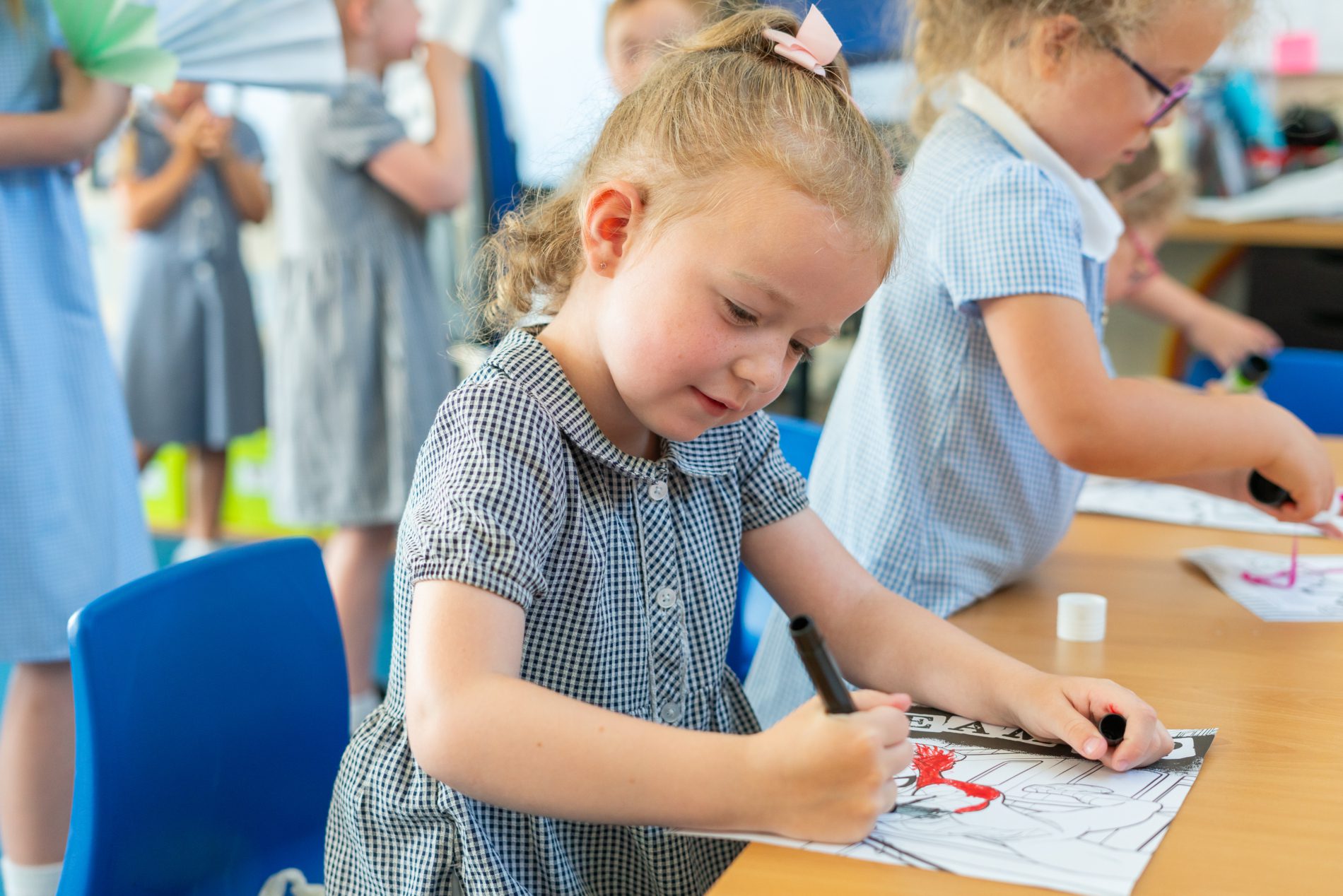Art and Design Subject Leader: Mrs E Champion
Sutton-at-Hone, students are given the opportunities to explore their ideas through creative mediums, learning vital skills including drawing, and sculpting along with unleashing their imaginations.
Intent
Sutton-at-Hone’s Art curriculum is discretely taught and aims to inspire students and develop their confidence to experiment and invest their own works of art. Our curriculum provides students every opportunity to develop their ability, nurture their talents and interests, express their ideas and thoughts about the world, as well as learning about Art and artists across cultures and through history.


Implementation
Our curriculum design has strands that run throughout. These are:
- Generating ideas
- Using Sketchbooks
- Making skills, including formal elements (line, shape, tone, texture, pattern, and colour)
- Knowledge of artists
- Evaluating and analysing
Lessons are sequential, allowing students to build their skills and knowledge, applying them to a range of outcomes. The formal elements, a key part of the national curriculum, are also woven through the units of work. Key skills are revisited again and again. This allows students to revise and build on their previous learning. Units in each year group are organised into these core areas:
- Drawing
- Painting and mixed media
- Sculpture and 3D
- Craft and Design
Incorporating Rosenshine’s principles of instruction, our units are scaffolded and support our pupils learning with creativity and independent outcomes, enabling students to make their own creative choices and decisions, so that their art outcomes are knowledge rich and unique to the pupils.
Art lessons are practical and encourage experimental and exploratory learning with students using their Art books to document their ideas.
Impact
Our Art Curriculum is designed so that children are involved in the evaluation, dialogue and decision making about the quality of their outcomes and the improvements they need to make. Students take part in regular discussions and decision-making processes, children will not only know about facts and key information about art, but they will be able to talk proudly and confidently about their own learning journey and have a growing understanding of how to improve.
The expected impact of following our Art Curriculum will:
- Produce creative work, exploring and recording their ideas and experiences.
- Be proficient in drawing, painting, sculpture and other art, craft, and design techniques.
- Evaluate and analyse creative works using subject-specific language.
- Know about great artists and the historical and cultural development of their art.
- Meet the end of key stage expectations outlined in the national curriculum for Art and design.
After the implementation of our Art curriculum, students should leave primary school equipped with a range of techniques and confidence and creativity to form a strong foundation for their Art in their journey through Key Stage 3 and beyond.
Our displays throughout the school reflect the children’s sense of pride in their artwork and this is also demonstrated by creative outcomes across the wider curriculum. The school environment also celebrates children’s achievements in art and demonstrates the subject’s high status in the school. The Art curriculum contributes to children’s personal development in creativity, independence, judgement and self-reflection.

Art and Design Progression
SEND Information
Our SEND and disadvantaged pupils are given the necessary support in class to fully access the supported Art & Design curriculum. Learning is adapted where necessary to support SEND/EAL pupils to give equal opportunities for all to be confident in approaching any problems faced. Interventions, support and challenges are constantly revised and adapted to ensure all children are supported in achieving learning. The above areas are robustly and continuously monitored to ensure any gaps in learning are addressed.
Art and Design Extra Resources
Encourage your children to look for and talk about colours, textures and patterns in their everyday world. Discuss when looking at pictures how the art makes your child feel.
There are many Galleries close to home to inspire your young artist so if you are at a loss for something to do on the holidays or at the weekend why not visit: ‘What if gallery’ Dartford – Hosting pieces from local artists or Hobbycraft Crayford- which runs sessions on school holidays for children.
There are also some wonderful family art sessions a little further afield at the ‘Royal Academy of Arts’ and ‘The National Gallery’ (both in London) which run over the summer holidays.

